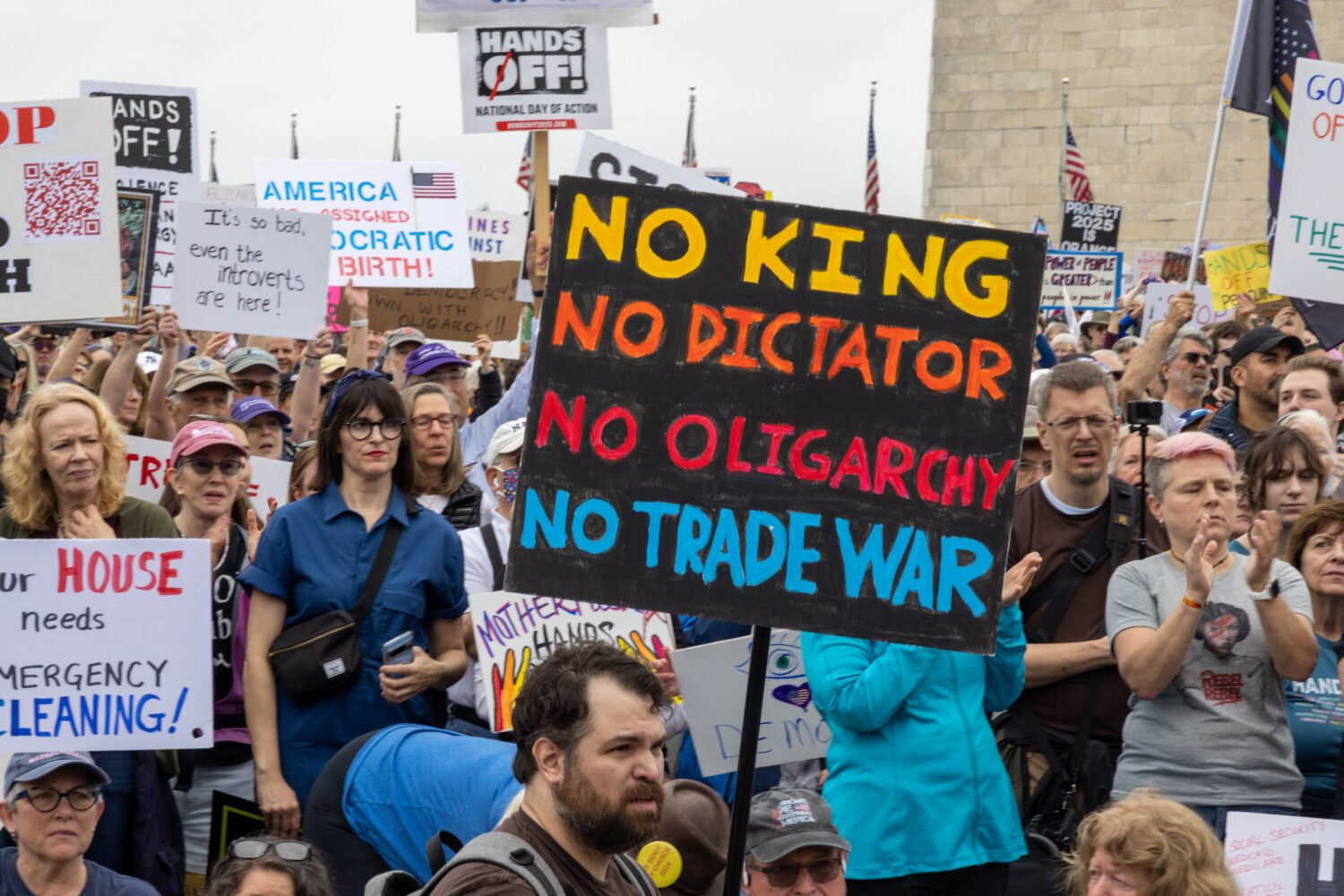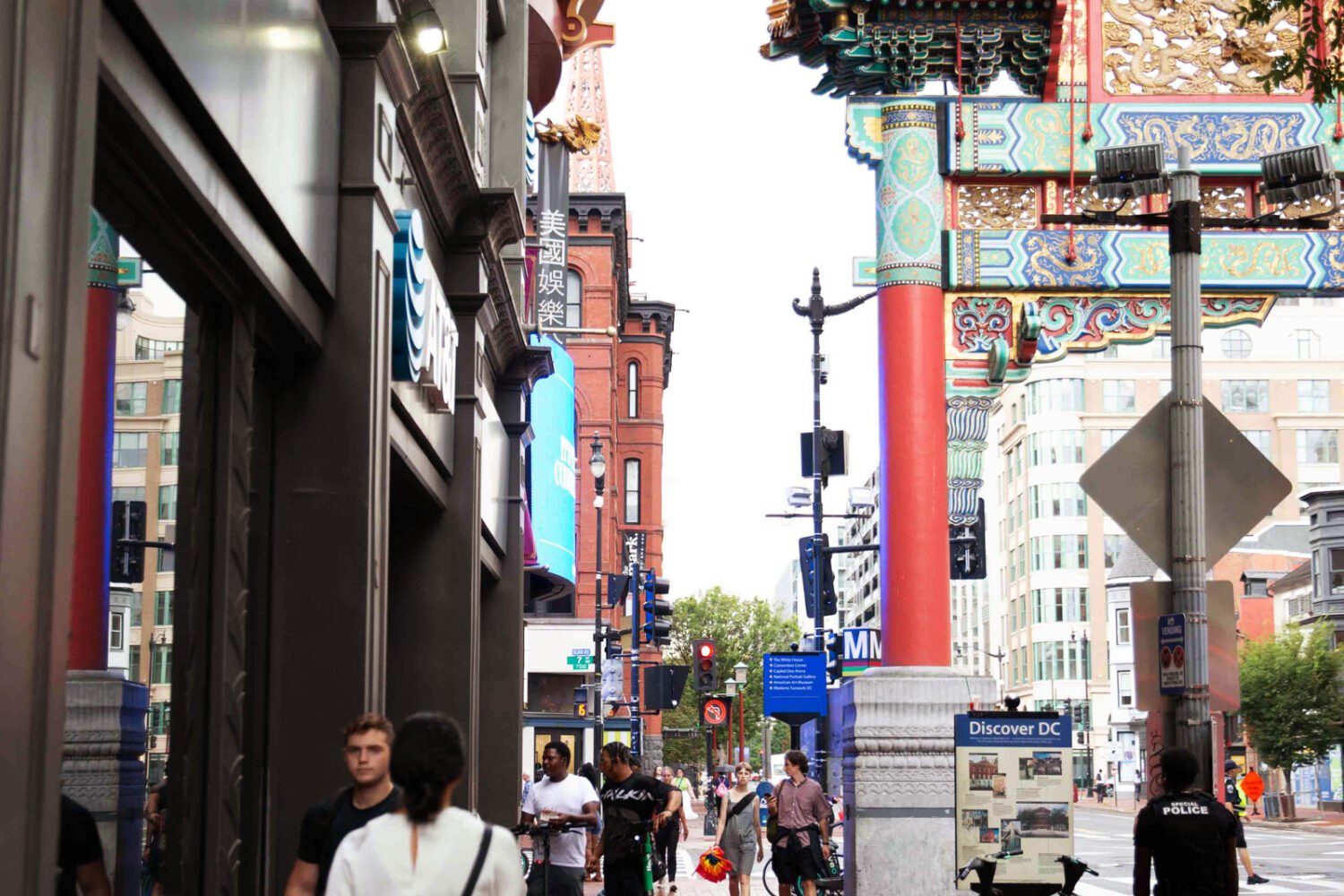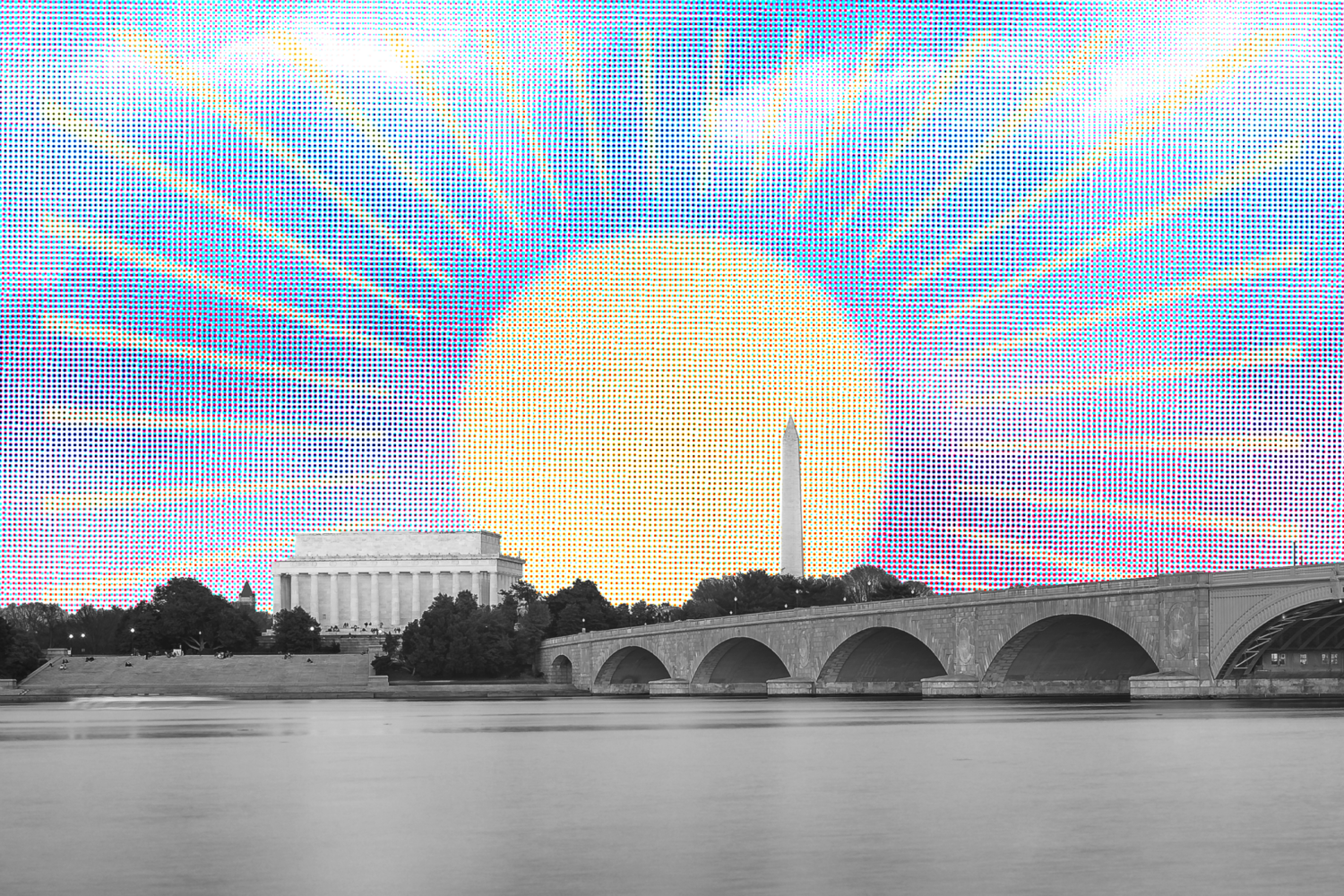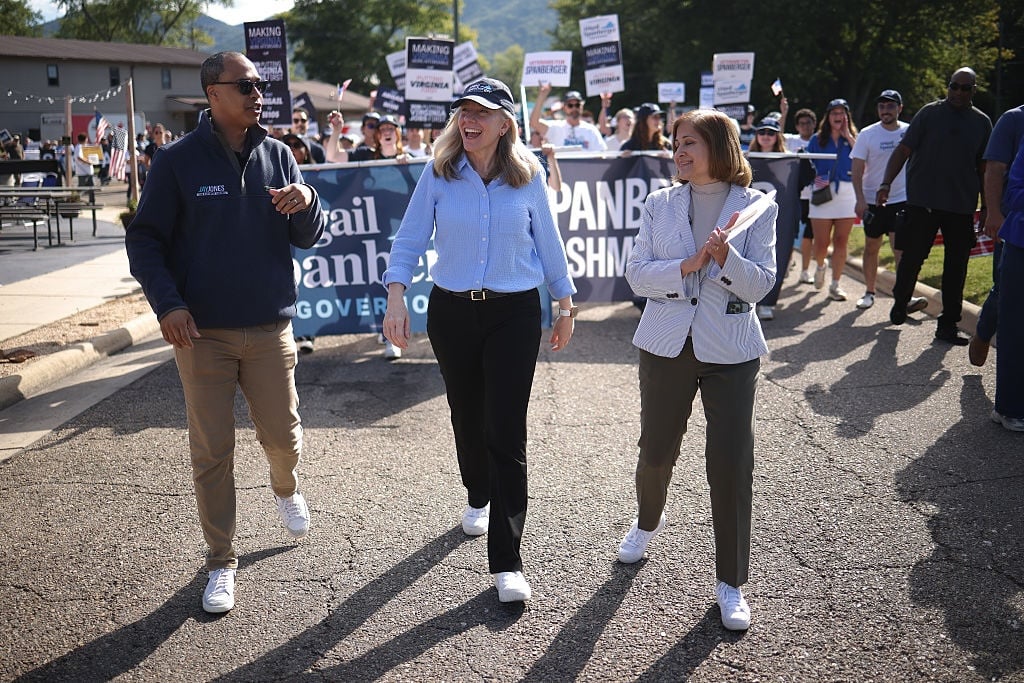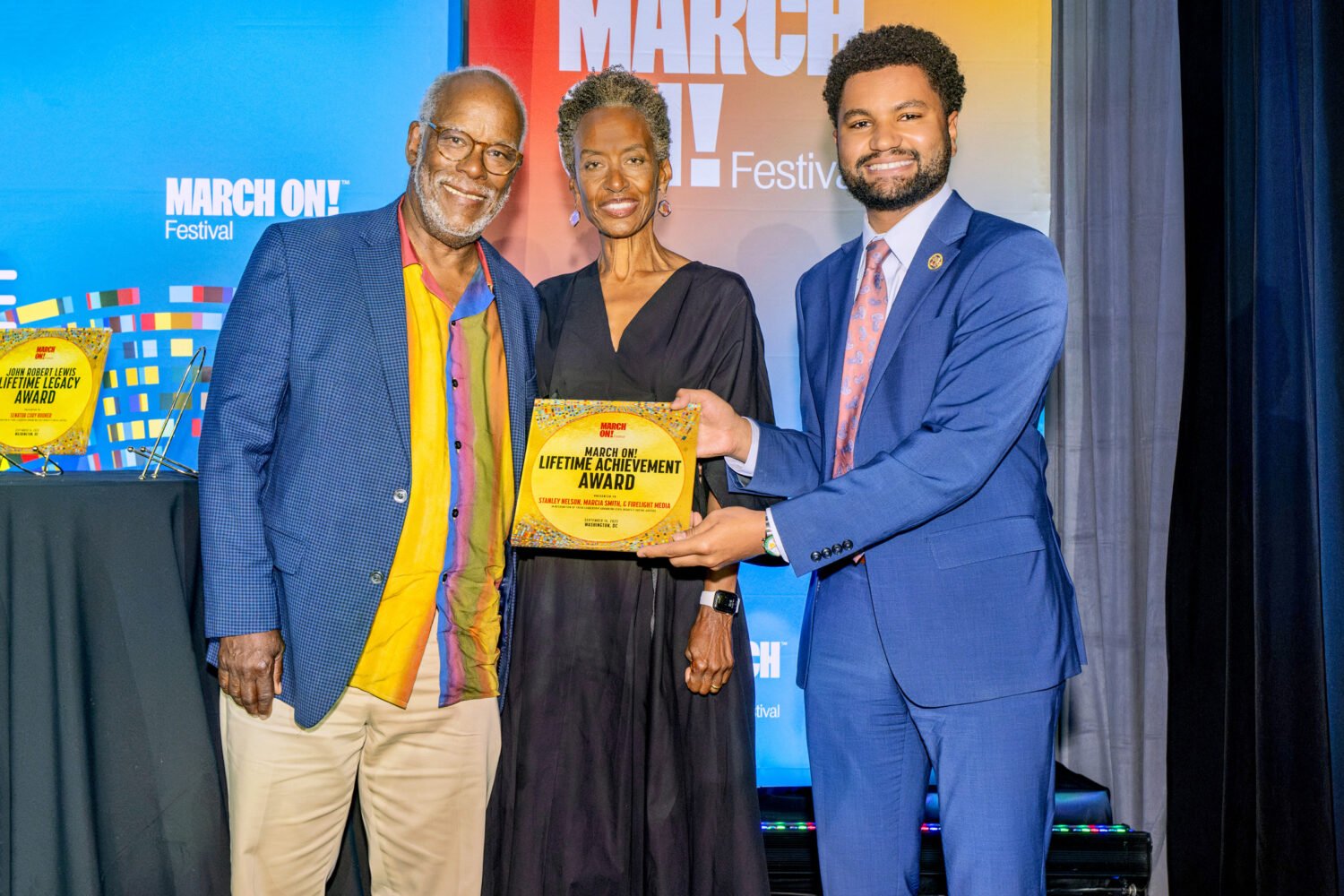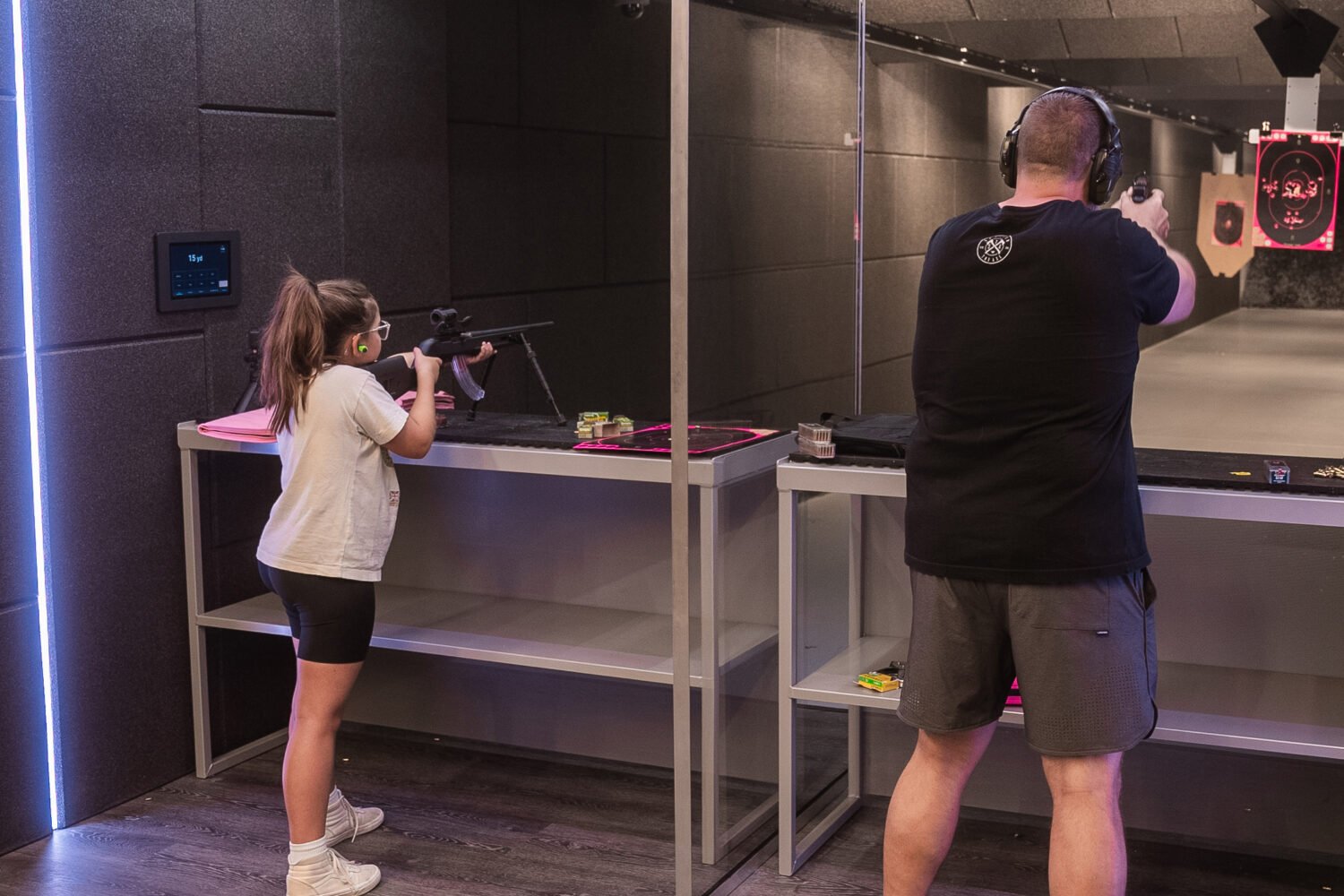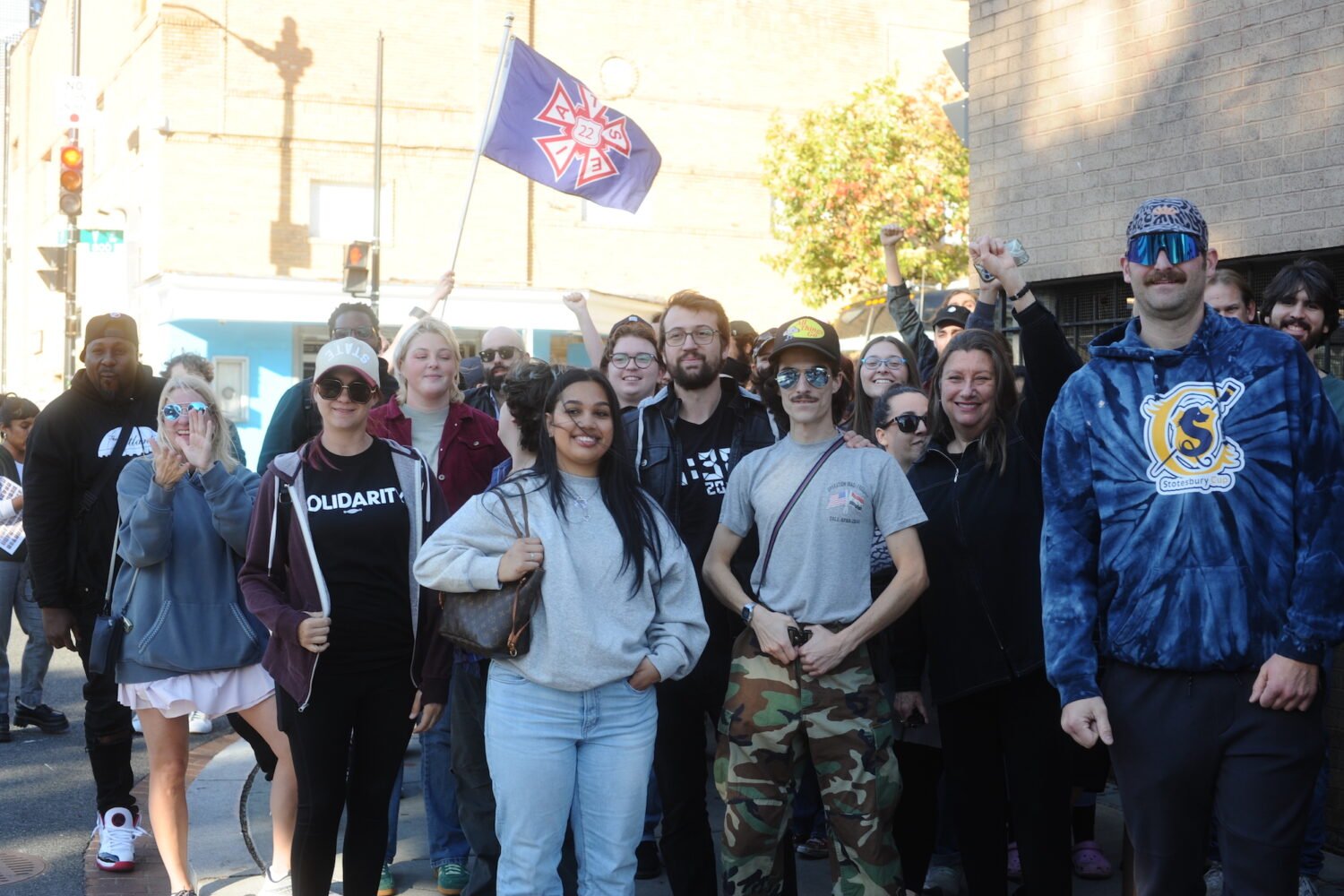Lyndon Johnson stood there in all his glory. It was launch day for his presidential library at the University of Texas, and the former president had been up since 6 am preparing for the opening of the most expensive library in American history.
First item on LBJ’s schedule: conducting a private tour for Vice President Spiro Agnew, sent to Austin to represent the White House at the dedication ceremonies. Agnew would get an early-morning preview of all the exhibits that told the story of Johnson’s five years in the Oval Office.
“This one’s my favorite,” LBJ told the Vice President, pointing to a large wall of bronzed front pages chronicling the turbulent 1960s. “History as it happened with the bark off.”
Agnew scanned the wall and was duly impressed, especially after he learned that building the front-page exhibit had cost upward of $100,000—enough to have built a comfortable home in Austin at the time.
Extravagant, and an indication that with the opening of the Johnson presidential library on May 22, 1971, the custom of building repositories to preserve presidential papers had taken an imperial turn.
The custom had begun four decades earlier when Johnson’s political idol, Franklin D. Roosevelt, decided that his official papers—which would include his “date of infamy” speech to Congress—should be stored in a library on his family estate in Hyde Park, New York.
FDR donated the $376,000 structure to the US government and opened it to the public on July 4, 1940. It was a modest beginning—the end of the 20th century would find Roosevelt’s successors enshrining their memorabilia in buildings costing hundreds of millions of dollars and described by one historian as not so much libraries as “presidential temples.”“Some presidential libraries are so celebratory, they verge on propaganda,” says Benjamin Hufbauer, associate professor of art history at the University of Louisville. At the Clinton libray, he notes, there is little mention of Monica Lewinsky or impeachment; until recently, much the same went for the Watergate scandal at the Nixon library.
The rose-tinted spin is understandable when you consider how these presidential temples come into being. Though they’re maintained at taxpayers’ expense—a $55-million bite out of the 2007 federal budget—every presidential library since Roosevelt’s has been built with private funds furnished by wealthy boosters not likely to shell out millions for negative exhibits.
There are now 12 official presidential libraries, all under the aegis of the National Archives. Following FDR’s example, Harry Truman decided to place his official papers in a separate structure in his hometown of Independence, Missouri. Opened on July 6, 1957, the Truman library cost $1.75 million—hardly enough to build a niche in any of the presidential libraries constructed more recently.
LBJ’s library was the biggest of them all when it opened, a ten-story monument on 30 acres of prime Texas real estate. Then on November 4, 1991, came the Reagan library, which held the distinction of being the largest until the Clinton library opened in Little Rock in 2004.
But wait: Not to be outdone by the Clintonites, wealthy sponsors of the Reagan library took presidential temple-building to yet another level by adding a 90,000-square-foot annex, a pavilion large enough to contain not only the Boeing 707 Air Force One and the Marine One helicopter Reagan used during his years in office but also a presidential motorcade, from limousine to motorcycles to Secret Service SUV.
It’s a far cry from Franklin Roosevelt’s simple idea of providing a place for scholars to examine his official papers. But given the urge of FDR’s successors to trumpet their legacies, we no longer have presidential libraries but indoor theme parks, spare no expense.
The Clinton Presidential Library Foundation was thought to have hit the limit for a library/museum when deep-pocket Friends of Bill put up some $167 million to cement the 42nd president’s legacy with a postmodern wonder in Little Rock.
A mere $167 million, as it turns out. The target figure for the future George W. Bush Presidential Library on the Southern Methodist University campus is $500 million—enough to make even a spendthrift like Lyndon Johnson wonder where all the money’s going. Not to mention where it’s coming from: The identities of contributors to presidential libraries are a closely held secret.
Still, as the late historian Stephen Ambrose argued, presidential libraries have their uses above and beyond feeding the egos of ex-presidents. Where else in the world, asked Ambrose, will you find the papers and records of a nation’s leaders made available to the public—even if, under the law, we sometimes have to wait a decade or two to see them? Then, too, there’s the benefit to the tourist trade of having our presidential temples spread around the country.
Here are the presidential libraries open to visitors 12 months a year and a few key facts about them.
Herbert Hoover Presidential Library and Museum, West Branch, Iowa. Dedicated in 1962. Exhibits on the 187-acre site include a reproduction of the blacksmith shop run by Hoover’s father and the Quaker meetinghouse he attended as a boy; birthplace and gravesite nearby. Estimated number of visitors per year: 50,000. Admission: $3 to $6, under age 16 free.
Franklin D. Roosevelt Presidential Library and Museum, Hyde Park, New York. Dedicated in 1940. A 300-acre estate with original copies of FDR’s fireside chats and his wartime correspondence with Winston Churchill; home and gravesite nearby. Visitors per year: 110,000 Admission: $14 (includes tour of home), under age 16 free.
Harry S. Truman Presidential Museum and Library, Independence, Missouri. Dedicated in 1957 on 14 acres. Exhibits include HST’s postpresidential office, where he occasionally answered the phone himself; gravesite in library courtyard, home nearby. Visitors per year: 110,000. Admission: $3 to $7.
Dwight D. Eisenhower Presidential Library and Museum, Abilene, Kansas. Dedicated in 1962 on 22 acres. Exhibits include artifacts of Ike’s World War II experiences and an original copy of the 1957 Civil Rights Act he signed into law; burial place and boyhood home on site. Visitors per year: 80,000. Admission: $2 to $8.
John F. Kennedy Presidential Library and Museum, Boston, Massachusetts. Dedicated in 1979 on ten acres overlooking Boston and the Atlantic Ocean. Exhibits include artifacts of JFK’s World War II experience as a PT-boat commander. Visitors per year: 200,000. Admission: $7 to $10, under age 13 free.
Lyndon Baines Johnson Library and Museum, Austin, Texas. Dedicated in 1971 on 30 acres at the University of Texas. Exhibits include a replica of the Oval Office and artifacts of LBJ’s occupancy; birthplace and ranch in nearby Johnson City. Visitors per year: 200,000. Admission: free.
Richard Nixon Library and Birthplace, Yorba Linda, California. Dedicated in 1990 on nine acres. Exhibits include life-size bronze statues of Churchill, Mao, and other world leaders; burial place on site. Papers and tapes covering the Watergate scandal were added only this summer. Visitors per year: 50,000. Admission: $3.75 to $9.95, under age seven free.
Gerald R. Ford Museum, Grand Rapids, Michigan. Dedicated in 1981 on six acres. The only presidential museum separate from its library, which is in Ann Arbor. Exhibits include artifacts of the Watergate break-in, which occurred during the Nixon years, including tools used by the burglars and one of the tape recorders used by Nixon in the Oval Office. Visitors per year: 60,000. Admission: $3 to $7.
Jimmy Carter Library and Museum, Atlanta, Georgia. Dedicated in 1986 on 35 acres with two lakes and a Japanese garden. Exhibits include Carter’s Nobel Peace Prize medallions. Visitors per year: 70,000. Admission: $6 to $8; under age 17 free.
Ronald Reagan Presidential Library and Museum, Simi Valley, California. Dedicated in 1991. In addition to Air Force One and a presidential motorcade, exhibits on the 100-acre site include memorabilia from the Gipper’s film career; grave on site. Visitors per year: 400,000. Admission: $3 to $12; under age 11 free.
George H.W. Bush Presidential Library and Museum, College Station, Texas. Dedicated in 1997; large portion of museum closed for $8.3-million expansion until November 10. Exhibits include a replica of the TBM Avenger plane the 41st president flew during World War II and a section of the Berlin Wall, which fell during his term. Visitors per year: 140,000. Admission: $2 to $7.
William J. Clinton Presidential Library, Little Rock, Arkansas. Dedicated in 2004 on 30 acres. Exhibits include replicas of the Oval Office and Cabinet Room; boyhood memorabilia from Hope, Arkansas; and the largest collection of presidential papers in US history. Visitors per year: 400,000. Admission: $3 to $7.

